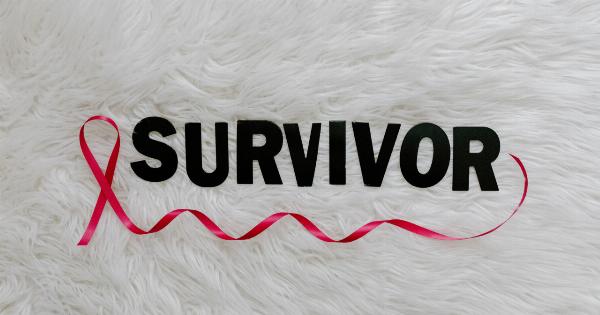Candida auris is a type of yeast that is responsible for causing bloodstream, wound, and ear infections.
The Centers for Disease Control and Prevention (CDC) declared this fungus as a threat to global health because of its multidrug-resistant nature, making it difficult to treat. Candida auris has been responsible for severe outbreaks, often leading to mortality in healthy individuals within a short period of time.
Researchers are frequently challenged to investigate and develop effective treatments to keep this deadly fungus under control.
What is Candida Auris?
Candida auris was first identified in 2009 when it was isolated from the ear canal of a patient with an ear infection in Japan. Since then, it has been identified in more than 20 countries across the globe.
Candida auris is a type of Candida – a family of fungi responsible for most candidiasis infections. Candidiasis infections typically occur in the mouth, throat, or vaginal tract. However, Candida auris infection is different from typical Candida infections. It infects the bloodstream, skin, and causes death in healthy individuals within a short period.
How Does Candida Auris Spread?
Candida auris can spread via person-to-person contact, contaminated surfaces, and medical equipment used in a healthcare setting.
Reports have identified its existence in hospital environments and extensive screening protocols have been instituted for early identifying infections in asymptomatic patients. Candida auris is challenging to eradicate as it produces slimy layers known as biofilms that can resist antifungal treatments and disinfectants.
This resistance reinforces the need for stronger protocols in infection control and prevention in hospitals and clinics.
Why is Candida Auris So Dangerous?
The fungus is multidrug-resistant, meaning that it’s able to resist treatments that have been effective against other types of Candida.
This makes treatment difficult as a healthcare provider would need multiple options for treating infections in patients. For example, diseases such as E. coli can be easily treated with antibiotics, however, when infections with multidrug-resistant pathogens take over in healthcare settings, such as candida auris, the risk of death is very high.
Who is Most at Risk of Contracting Candida Auris?
Patients with weakened immune systems are most susceptible to contracting Candida auris, especially those that are hospitalized or receiving hemodialysis treatments. Patients with antibiotic-resistant strains of E.
coli and staphylococcus infections, commonly known as MRSA and VRE are also at a higher risk.
Prevention and Control of Candida Auris
The following measures can reduce the risk of infections caused by Candida auris:.
- Proper hand hygiene and disinfection of surfaces
- Early identification and screening of asymptomatic patients who have been in contact with Candida auris
- Isolating patients with confirmed infections
- Clear communication among healthcare providers and facility staff
- Strict adherence to infection control protocols
- Stay informed– monitoring and updating hospital protocols in the prevention and control of Candida auris in the hospital environment
The Future of Candida Auris
As Candida auris continues to evolve, new treatments and protocols will need to be developed to ensure that we can control and prevent the spread of the fungus.
Researchers are working on ways to identify specific markers, or “fingerprints,” that would allow for the rapid diagnosis and treatment of infections. These would be particularly valuable in hospital settings, where time is of the essence when it comes to identifying and treating infections to prevent their spread.
Conclusion
Candida auris continues to pose a significant threat to global health. It’s resistant to multiple drugs, is difficult to control, and has been responsible for significant outbreaks worldwide.
Healthcare professionals must take preventative measures seriously to contain and treat the spread of this deadly fungus to safeguard public health.






























